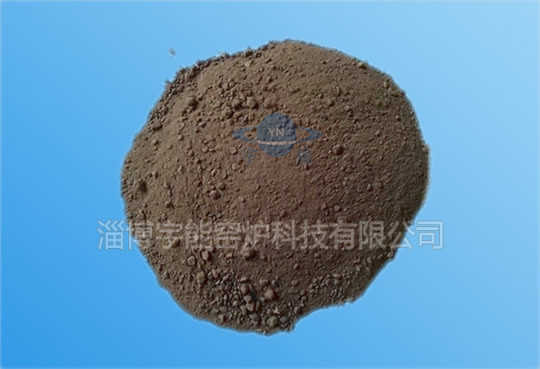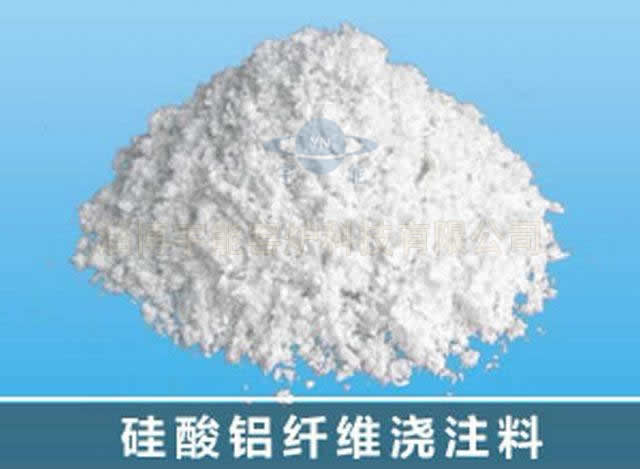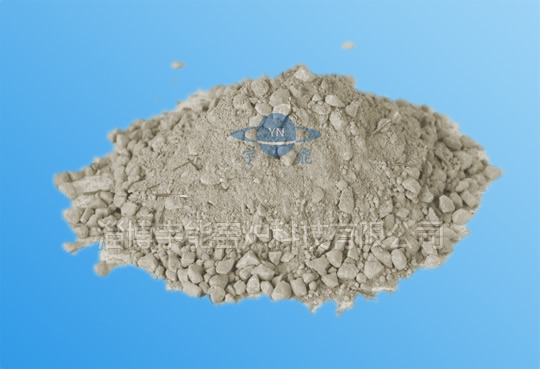Zibo Yunneng Kiln Technology Co. Ltd. Zibo Yunneng Kiln Technology Co. Ltd.
Free delivery samples
high quality assurance
Engineer's door-to-door guidance
lifelong technical support
Contact us+86159669653330086-533-5331887
Zibo Yunneng Kiln Technology Co. Ltd. Zibo Yunneng Kiln Technology Co. Ltd.
Free delivery samples
high quality assurance
Engineer's door-to-door guidance
lifelong technical support
Contact us+86159669653330086-533-5331887
Home -> News -> News -> Industry News ->
As a basic energy industry, the predicament of the coal industry always affects the eyes of the country. The demand is weak, the production capacity is excessive, the stock is high, the price of coal keeps falling, and a large number of coal enterprises are in the predicament of operation. How to make the coal industry out of the predicament has been the focus of the country's concern. In 2014, note "Coal Management Supervision Measures" and "Commodities". The Measures for Coal Quality Management have been promulgated successively. In this year, various fee funds in the coal industry have been cleared and standardized, and the reform of taxes and fees has been intensified. In this year, the relevant departments began to increase the management of coal production capacity. In this year, the linkage between coal and electricity has been intentionally neglected, and so on. It is no exaggeration to say that all the policies that can help the coal industry out of trouble this year are devoted by the relevant departments.
The policy of 2015 will continue to play a role in helping the coal industry out of difficulties.
On January 1, 2015, the Interim Measures for Commodity Coal Quality Management issued in September 2014 will be formally implemented. Methods The ash, sulfur, calorific value, mercury, arsenic, phosphorus, chlorine, fluorine and other indicators of commercial coal are clearly required. Commodity coal that fails to meet the standard will be prohibited from entering the market, and some imported coal will therefore be squeezed out of the market.
Starting from January 1, 2015, the provisional tariff rate for various coal exports has been reduced from 10% to 3% after six years of implementation. The cost of coal export is relatively lower, and the export volume of some high-quality and superior coals may increase.
The decline in coal prices is eating up the profits of listed coal companies like a bottomless pit.
A survey of 37 listed companies in the CITIC coal sector shows that in 2014, the total net profit attributable to shareholders of listed companies (hereinafter referred to as “ net profit ”) was just over 39 billion yuan, nearly 40% of the previous year's loss. Of all the companies, only 6 have achieved year-on-year growth in net profit, while the remaining 31 have experienced year-on-year decline in net profit, accounting for more than 80%, and 7 have even suffered huge losses.
& ldquo; price fluctuation risk & rdquo; this risk hint, which can be found in almost every prospectus, has been transformed from black and white words into reality, and is realistic & ldquo; attack & rdquo; and every coal enterprise. In 2014, the average price of the power coal index around the Bohai Sea was 522 yuan per ton, down 11.4% year on year. As of May 6 this year, the index only reported 421 yuan/ton, down nearly 20% from the beginning of the year. The decline in coal prices may become a big loss in the coal industry this year --- ldquo; blockbuster --- rdquo;.
How to avoid the risk of coal price fluctuation has become a key issue for many enterprises.
& At present, there is no other way, either to optimize the allocation of resources, do a good job in inventory management, or use the derivatives market, the combination of future and present to achieve hedging and hedging, or only to improve. & rdquo; insiders told China Securities Journal reporters.
Faced with unprecedented difficulties, listed coal enterprises are gradually changing their ideas. According to the relevant announcements, listed companies, including Shenhua, Yanzhou Coal Industry and China Coal Energy, have entered the power coal futures market. The hedging of Yunwei Stock, Jizhong Energy, Shanxi Coking and other enterprises is becoming more and more mature, while Shaanxi Coal Industry, Datong Coal Industry and Meijin Energy have indicated that they will join the power coal futures market. Actively explore the futures market.
As industry insiders say, although Shenhua as the representative of the large coal enterprises still participates in the futures market, there are still some implications of “ elephants stepping into the Bathtub & rdquo; but with the further development and improvement of the derivatives market, more coal enterprises will be supported in the future “ Umbrella & rdquo;.
Nearly 30% loss of listed coal enterprises
Drawing the overall performance of listed coal companies, the shock wave caused by the decline in coal prices first came into sight.
& ldquo; In 2014, the company's self-produced coal price was 228.07 yuan/ton, a decrease of 5519 yuan/ton compared with the previous year, affecting revenue reduction of 5.465 billion yuan; the price of trade coal was 35.330 yuan/ton, a decrease of 28.56 yuan/ton compared with the previous year, affecting revenue reduction of 1.118 billion yuan. & According to the annual report of Shaanxi Coal Industry, the company's operating income decreased by 2.069 billion yuan to 41.150 billion yuan last year, while its net profit attributable to shareholders of listed companies decreased by 2.535 billion yuan to 951 million yuan, a decline of 72.71%.
The same & ldquo; illness & rdquo; sweeps almost all listed coal enterprises. In 2014, the coal price of Yangquan Coal Industry decreased by 79.04 yuan/ton, or 18.56%, which reduced sales revenue by 4.331 billion yuan; the average tax-free coal price of Xinji Coal Industry dropped by 49.39 yuan/ton, or 11.64%, affecting revenue by 807 million yuan; the average coal price of Anyuan Coal Industry decreased by 52.94 yuan/ton, or by 1.1 billion yuan. 0.16%, affecting revenue reduction of 380 million yuan & hellip; & hellip;
According to the insiders, the sustained decline in coal prices is rooted in the slowdown of macroeconomic growth, the adjustment of energy structure, the increase of environmental protection pressure and other factors. In addition, the hidden danger of overcapacity has been buried. In recent years, the phenomenon of market oversupply has become more and more intense. Coal enterprises are competing to reduce prices, and coal sales fall into “ The vicious circle of price reduction & rdquo; the vicious circle & ldquo; the strange circle & rdquo; and the loss of the industry is expanding.
In 2014, among the 37 listed companies in CITIC coal industry, except Baotailong, Datong, Yanzhou, Zhengzhou Coal and Electricity, Shanxi Coking and Shaanxi Black Cat, the net profit of the remaining 31 enterprises declined, accounting for 83.78%.
As the industry leader & ldquo; Big Mac & rdquo; China Shenhua, last year's performance also declined. Last year, the company realized 248.36 billion yuan in business income, down 12.5% from the same period last year, and realized 36.80 billion yuan in net profit, down 19.4% from the same period last year.
Relevant Product Display
 Ceramic fibre blanket
Ceramic fibre blanket
 LT-6C Series of heat-resistant and wear-resistant single layer lining ..
LT-6C Series of heat-resistant and wear-resistant single layer lining ..
 Aluminosilicate fibre castable ceramic fibre castable
Aluminosilicate fibre castable ceramic fibre castable
 Steel fiber reinforced mullite castable GF-16K
Steel fiber reinforced mullite castable GF-16K
Relevant information
Hotline